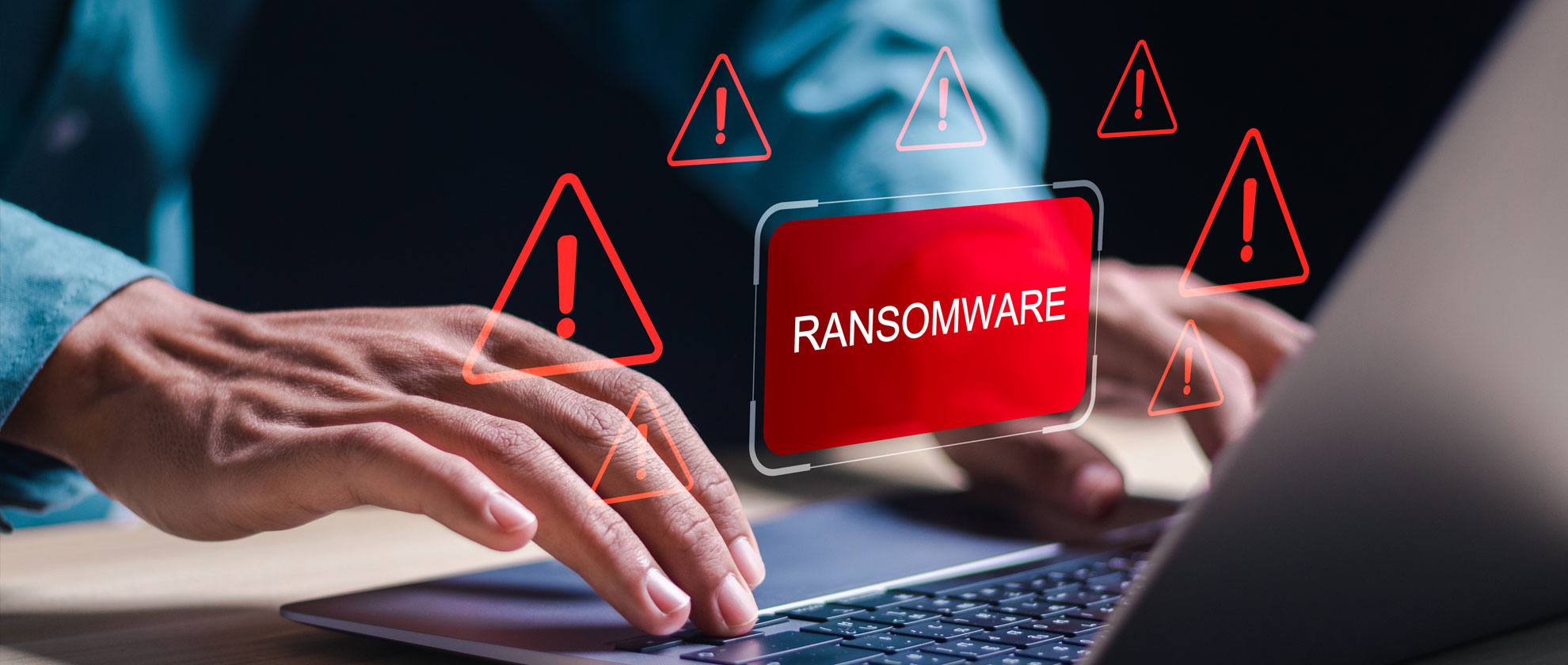A newly disclosed vulnerability in Veeam Backup & Replication software, CVE-2024-40711, has become a focal point for cybercriminals, resulting in a string of ransomware attacks that have affected organizations globally.
This vulnerability, rated an alarming 9.8 out of 10 on the CVSS scale, allows attackers to remotely execute code without authentication. Threat actors have capitalized on this flaw, deploying notorious ransomware like Akira and Fog to cause widespread disruption and exfiltrate sensitive data.
The Attack: How it Happened
The exploitation of the Veeam vulnerability typically began with attackers gaining access to corporate networks using compromised VPN credentials. Many of these VPNs were running outdated software, without the protection of multifactor authentication, providing an open door for attackers. Once inside, they exploited the vulnerable /trigger URI on port 8000 of the Veeam Backup & Replication system.
The combination of unauthorized access and the ability to execute code without authentication made this vulnerability especially dangerous. Once attackers established a foothold, they could elevate privileges, bypass security measures, and lock down vital systems through ransomware—crippling operations.
The Ransomware Payloads: Akira and Fog
Both Akira and Fog ransomware are known for their devastating impact. Akira, which first emerged in early 2024, quickly gained a reputation for its speed and ability to encrypt large amounts of data. It uses a combination of AES and RSA encryption to lock files, demanding a ransom in exchange for the decryption key. Fog ransomware, on the other hand, is less well-known but no less dangerous, often targeting unprotected servers and leveraging weak backup systems.
The exploitation of Veeam’s vulnerability not only provided an entry point for ransomware but also exposed the broader risk of poorly secured backup systems. These systems are often neglected in cybersecurity strategies, yet they are a rich target for attackers looking to disrupt businesses and hold data hostage.
How Beam Can Help Prevent These Types of Attacks
The Veeam vulnerability and subsequent ransomware attacks underscore the importance of securing remote access and backup systems. This is where Beam comes in, offering a robust solution to help prevent similar attacks from taking root in your network.

